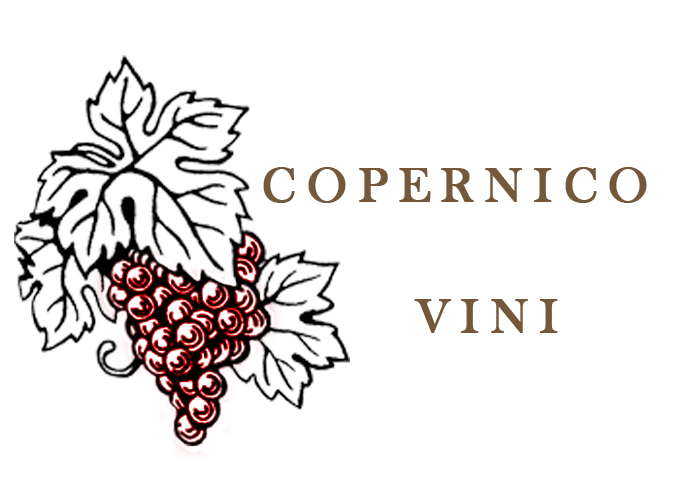What is work in process inventory? Definition, formula and benefits for your business
Content
- Ready to take your ecommerce business to new heights?
- Cost of Goods Manufactured Calculation
- Manufacturing cost
- Final Cost of Goods Manufactured (COGM) Formula
- Taking WIP manufacturing to the next level
- WIP manufacturing: calculation & cost reduction
- Inventory Management: How to Interpret WIP Inventory
- Connect With a Financial Advisor

Harold Averkamp (CPA, MBA) has worked as a university accounting instructor, accountant, and consultant for more than 25 years. In a perpetual inventory system, when the goods in WIP are completed, their cost will be moved from the WIP account into the Finished Goods Inventory account. Most merchants calculate their WIP inventory at the end of a reporting period (end of quarter, end of year, etc.), and are looking for their “ending WIP inventory”. To calculate ending WIP inventory, you need beginning WIP inventory, which is the previous reporting period’s ending WIP inventory.

WIP refers to the costs incurred during the manufacturing process that has yet to be finished. At the same time, WIP represents the cost of materials that have been partially processed but still need to be completed. Your company’s balance sheet needs to list all the types of inventory you hold, from the raw materials to the finished products. Work in process (WIP) inventory is a term used in production and supply chain management to refer to any materials or components that are waiting to be assembled into finished goods.
Ready to take your ecommerce business to new heights?
Most businesses calculate their work in process inventory at the end of the accounting period (such as a quarter or year). Work in process (WIP) inventory is an important line item on a merchant’s balance sheet and a key indicator of the health of their supply chain. WIP inventory is not applicable to merchants who purchase finished goods from a supplier for resale.
Does WIP include profit?
What is work in progress accounting? Work in progress accounting is a technical accounting method used to represent a fair/true profit position in each respective reporting period.
Manufacturing software continually tracks the location, status, and progress of all work processes, automatically aggregates material, labor, and overhead costs, and allocates them to individual manufacturing orders. This enables deep insight into the actual cost of each product and helps to spot bottlenecks and identify areas for cost reductions and workflow optimizations. The beginning WIP inventory cost refers to the previous accounting period’s asset section of the balance sheet. To calculate the beginning WIP inventory, determine the ending WIPs inventory from the previous period and carry it over as the beginning figure for the new financial period. WIP is calculated as a sum of WIP inventory, total direct labor costs, and allocated overhead costs. Thus, it is important for investors to discern how a company is measuring its WIP and other inventory accounts.
Cost of Goods Manufactured Calculation
ShipBob’s technology fully integrates with your store to easily manage all inventory and orders from one central dashboard while they fulfill your orders on your behalf. On the other hand, ‘work in progress’ is often used in construction manufacturing accounting and other service businesses and refers to the progress of a project and how much it costs compared to the percentage of completion. When these terms are used by businesses selling a physical product, both mean the same thing.
What is work in progress in manufacturing accounts?
Work in progress (WIP), also called work in process, is inventory that has begun the manufacturing process and is no longer included in raw materials inventory, but is not yet a completed product. On a balance sheet, work in progress is considered to be an asset because money has been spent towards a completed product.


 Italiano
Italiano